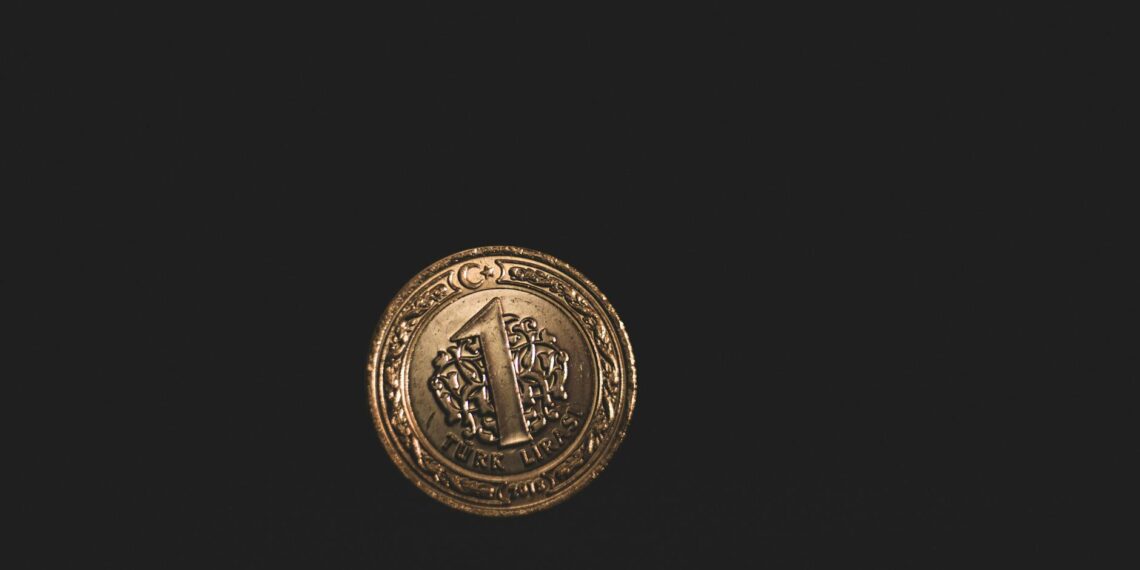The value of a one shilling coin can vary significantly depending on several factors, primarily its country of origin, year of mintage, condition, and any special features or errors.
Here’s a breakdown to help understand the value of a one shilling coin:
- UK Shillings:
– Pre-1947: British shillings minted before 1947 contain silver and are generally worth more than their post-1947 cupronickel counterparts.
– Post-1947: These coins are made of a copper-nickel alloy and are less valuable in terms of metal content, but can still hold collector value depending on rarity and condition.
– Early Mintage: Some older shillings, such as those from the 16th century, can be extremely rare and command high prices, potentially reaching thousands of pounds for exceptionally well-preserved examples.
- Other countries: Shillings were used in many other countries, including Australia, New Zealand, Ireland, and various African nations. The specific country and year will influence the coin’s value, as will the metal content of the coins from each country.
- Well-preserved coins with minimal wear and original luster are generally more valuable than those with significant wear or damage.
- Grading systems are used by collectors and professionals to assess the condition of a coin, with higher grades indicating better preservation and potentially higher value.
- Limited mintage coins or those with unique historical backgrounds often fetch higher prices.
- Demand from collectors can fluctuate based on trends and economic conditions, influencing the market value of specific coins.
- For shillings containing silver (pre-1947 UK shillings), their intrinsic value as precious metal can be a factor.
- The current market price of silver will influence this value, which can fluctuate.
The value of a one shilling coin can range from a few pounds or dollars for common, lower-grade coins, to thousands for rare, high-grade examples or those with historical significance.
To get an accurate valuation for your specific one shilling coin, it’s recommended to:
- Consult a reputable coin dealer or appraiser.
- Use reliable coin price guides and catalogs, such as the Seaby Standard Catalogue for British coins or NGC’s online resources.
- Research online marketplaces like eBay to see what similar coins have sold for recently.









Are 1 shilling coins silver?
Great question! It was made from silver from its introduction in or around 1503 until 1946, and thereafter in cupronickel. Before Decimal Day in 1971, sterling used the Carolingian monetary system (“£sd”), under which the largest unit was a pound (£) divided into 20 shillings (s), each of 12 pence (d).
Is a 1947 shilling worth anything today?
1947 Scottish Shilling
The current equivalent value in decimal coinage is five new pence.